In Melun, in the department of Seine and Marne (France), an important corner of ancient history has resurfaced. A team fromINRAP, the National Research Institute of Preventive Archaeology, in collaboration with the Departmental Archaeology Service (SDASM), has launched major excavations in the courtyard of the former Magistral School, in anticipation of the construction of a new school complex. The operation covers an area of 3,500 m² in the city center, an area already known for its historical density.
This excavation campaign has unearthed the remains of a Gallo-Roman quarter, which is able to offer a never-before-seen glimpse of daily life in the city of Metlosedum, the ancient Latin name for present-day Melun, which developed between the first century BC and the third century AD. The public was able to visit the site on Saturday, June 14, on the occasion of European Archaeology Days.

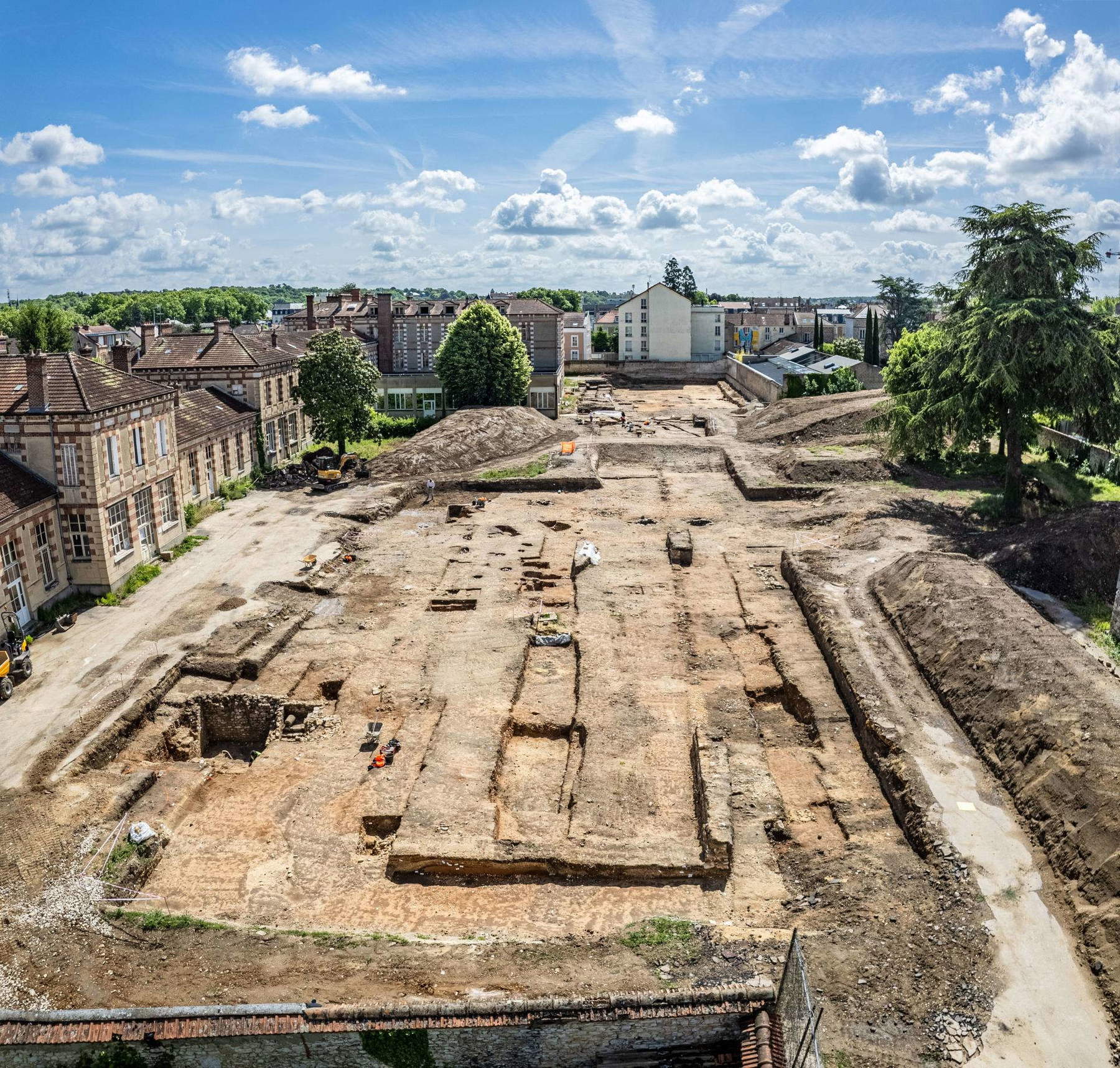

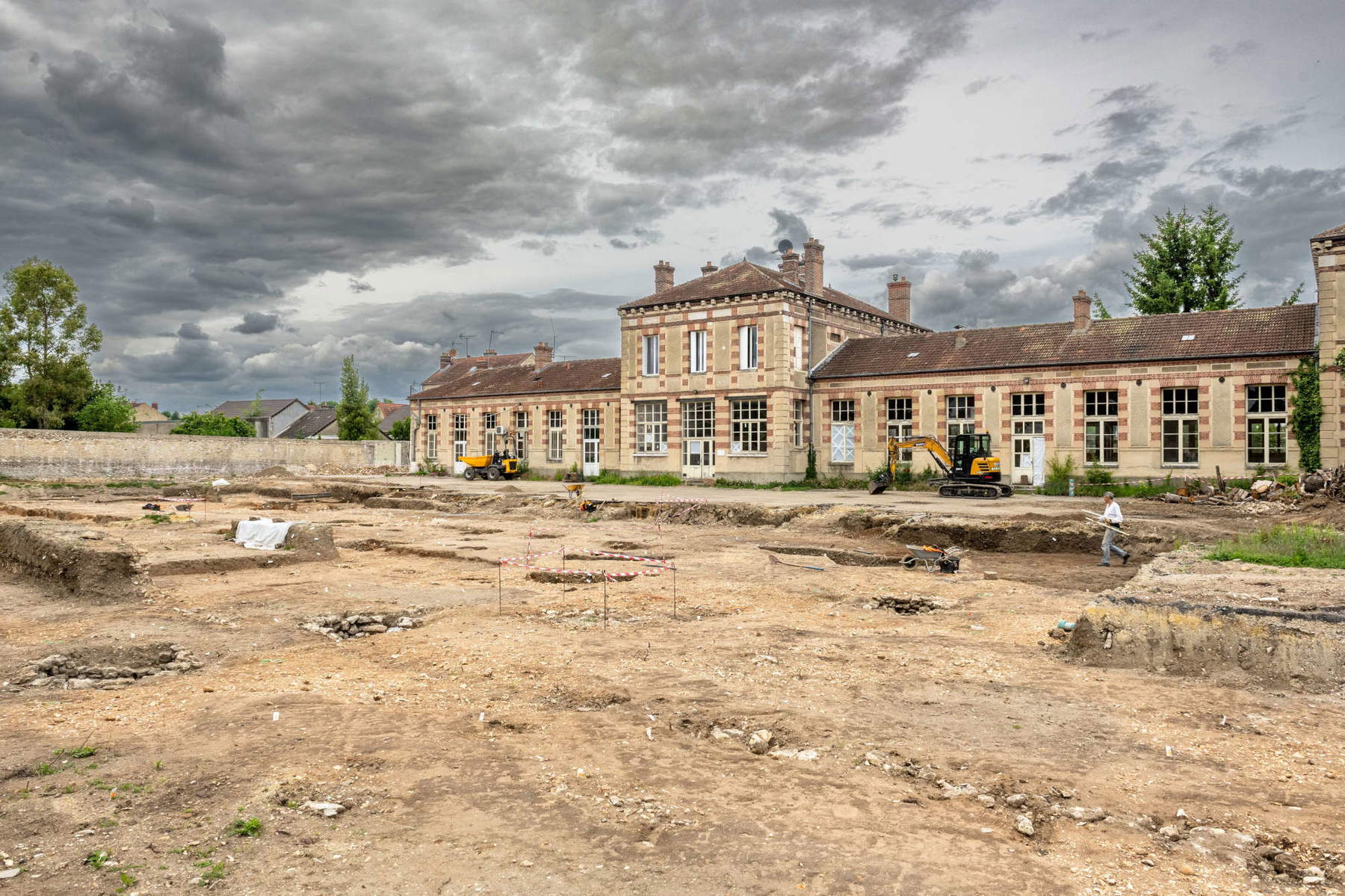
The settlement of Metlosedum was developed in a strategic area, at the intersection of river and land routes, on both banks of the Seine. Integrated into the territory of the Senones, a Gallic people whose capital was Sens, Metlosedum represented an important urban node on the border with the territories of the Parisii, Meldi, and Carnuti. Under Emperor Augustus, the city was annexed to the Roman province of Gaul Lugdunense.
Today’s Melun is located about 40 kilometers southeast of Paris, in the meander of the Seine between the Brie and Gâtinais plateaus. In ancient times, the urban area extended particularly over the island of Saint-Étienne and the left bank of the river.

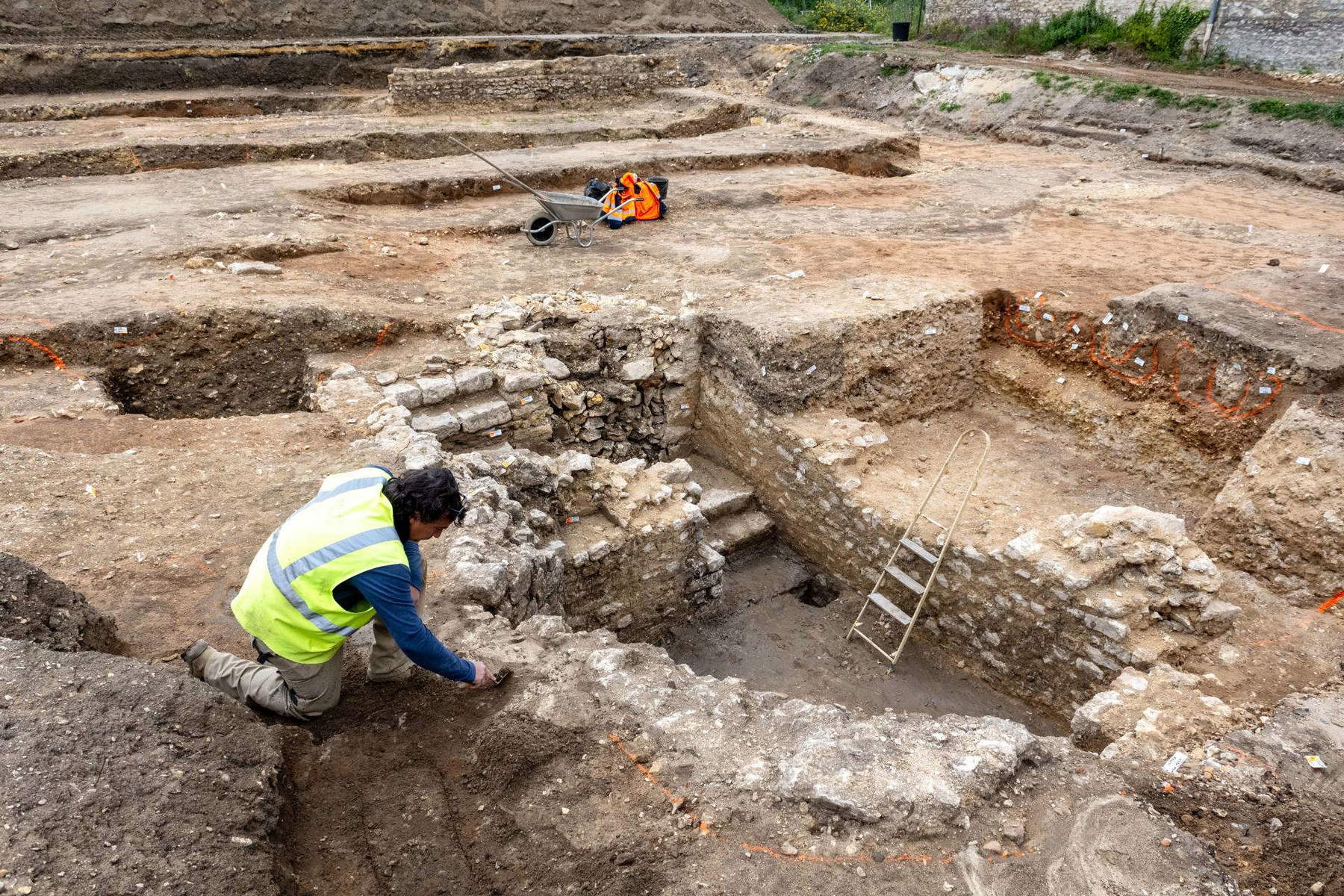
The excavated site is part of a large urban block located in the western part of ancient Melun. It is bounded on the north by the rue de Belle Ombre, under which ran the decumanus (east-west road), and on the east by the rue de Dammarie, a route corresponding to the cardo (north-south road). A second cardo, now unpreserved, ran to the west, and part of its route has been uncovered in current excavations and previous investigations.
Two large buildings have been identified in the area. To the west, a rectangular building of at least 700 m² has a plan articulated around a large central courtyard. Its masonry is largely gone, but stone and lime mortar walls and foundations still clearly delineate its layout.
Inside, a 2.20 m deep cellar was found, made with considerable care: walls plastered with mortar, small square niches, and a three-flight staircase that allowed access. A basement window and the discovery of a column drum indicate a sophisticated architectural level, consistent with a domus belonging to a wealthy family.
About 40 meters to the east, a second building group covers about 600 m². The remains are fragmentary due to modern interventions, but include at least one building (perhaps two) and a quadrangular burning structure formed of flat tiles and flanked by terracotta water pipes, suggesting the presence of a kitchen. In the center, an excavated room houses drainage channels and successive layers of occupation.

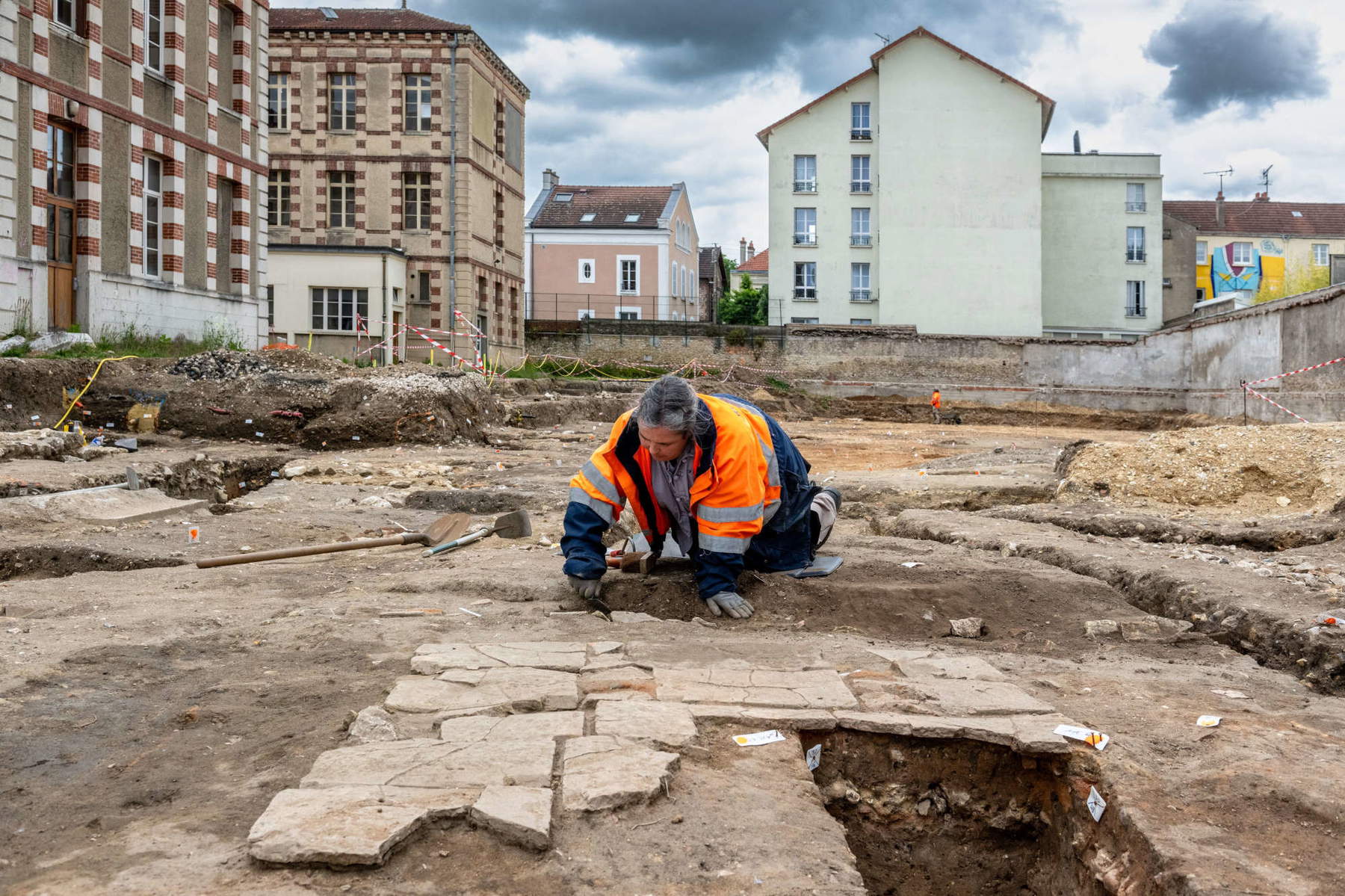
Extending between the two built-up areas is a large open space dotted with storage pits, small unburied cellars, and wells lined with limestone rubble. So far, eight ancient pits have been identified, evidence of intense daily activity. Pile pits with wedging stones suggest a mixed architecture, with elements made of perishable materials such as wood and clay. At present, no direct evidence of craft activities has been found, but the articulation of the buildings suggests an upscale residential neighborhood.
The data collected so far do not yet make it possible to determine whether the two building complexes belonged to separate domus or constituted a single property. In the latter case, it would be an exceptional residential structure, spanning more than 2,000 m², similar in size and building quality to the domus discovered in 2008 in Place Lucien-Auvert.
The excavations also revealed a more recent vestige: a network of zigzag shelters dating back to World War II, made to provide shelter for the pupils and staff of the then Teaching School in case of air strikes. In one of these features an Adrian helmet, model 1926, an evocative element of more recent history superimposed on Roman heritage, was found.
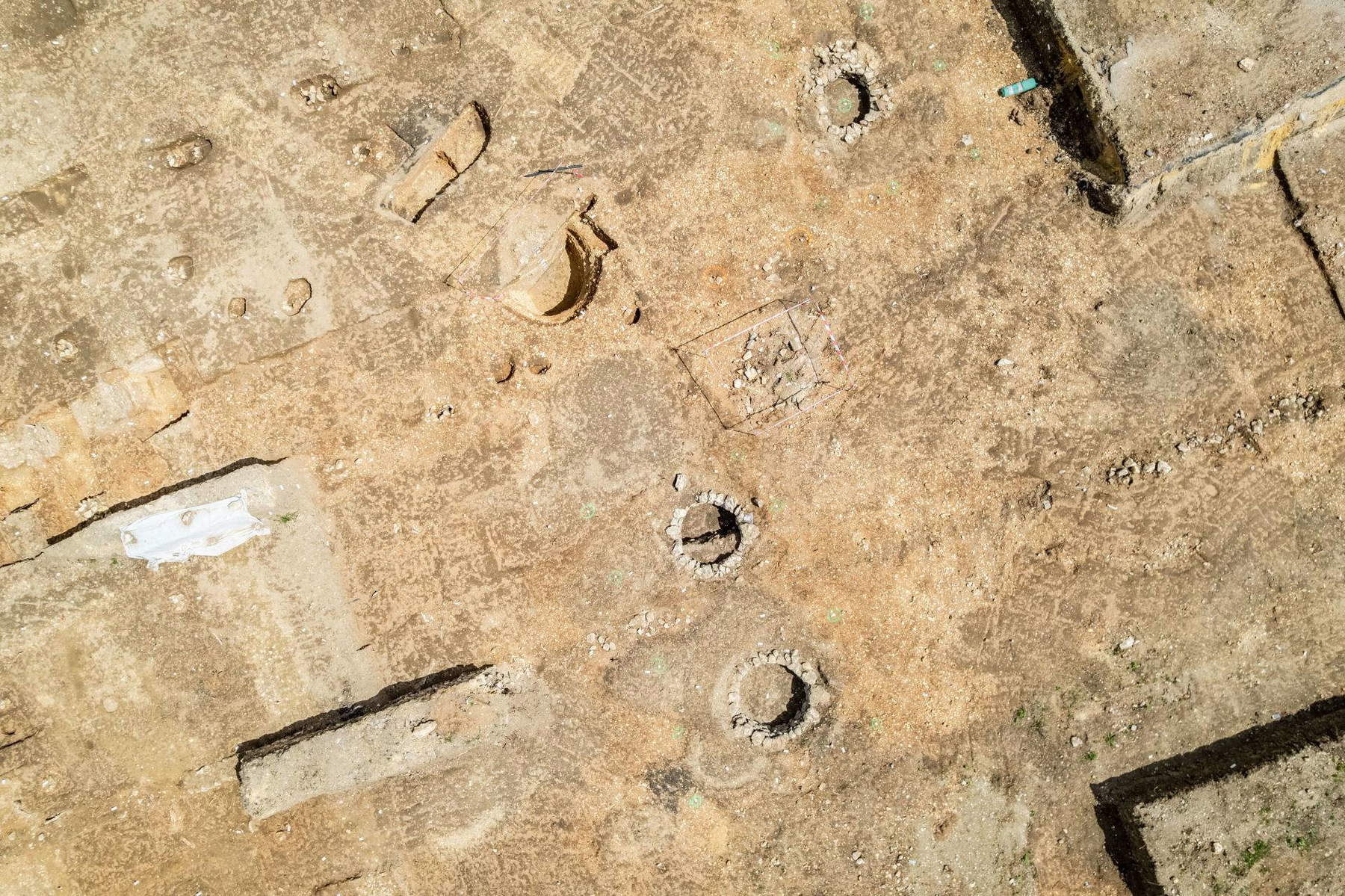

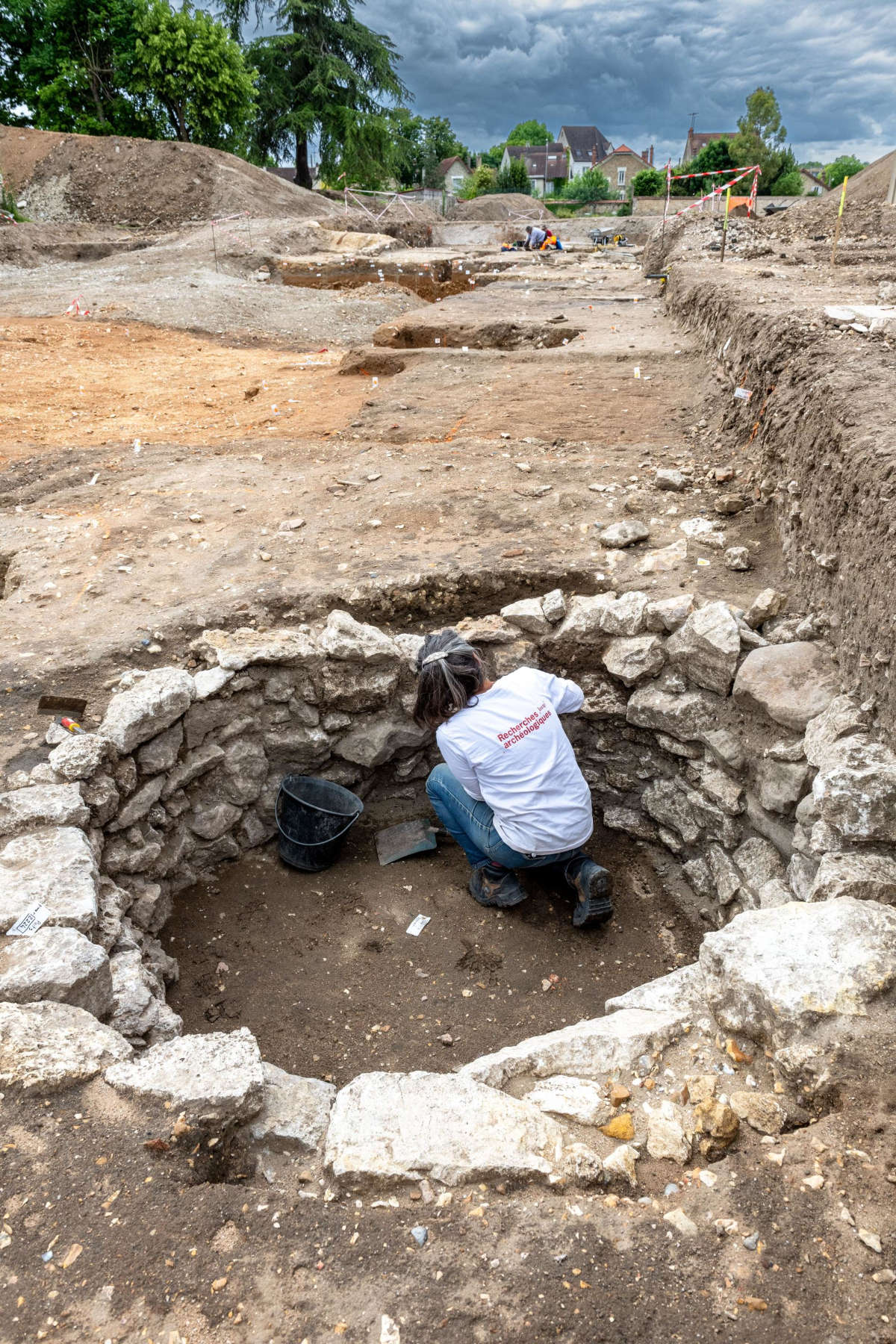
On the occasion of European Archaeology Days, the site was open to the public on Saturday, June 14, from 10 a.m. to 5 p.m. The public had the opportunity to meet with archaeologists from INRAP, SDASM and the Municipal Archaeological Service, and discover not only the findings, but also the techniques and challenges of urban archaeological research.
The visit thus offered citizens and the curious a unique opportunity to immerse themselves in Melun’s history and to understand the importance of preventive heritage protection in the context of contemporary building projects.
 |
| France, major discovery in Melun: an entire neighborhood of ancient Metlosedum pops up |
Warning: the translation into English of the original Italian article was created using automatic tools. We undertake to review all articles, but we do not guarantee the total absence of inaccuracies in the translation due to the program. You can find the original by clicking on the ITA button. If you find any mistake,please contact us.